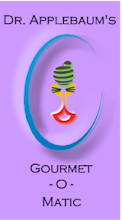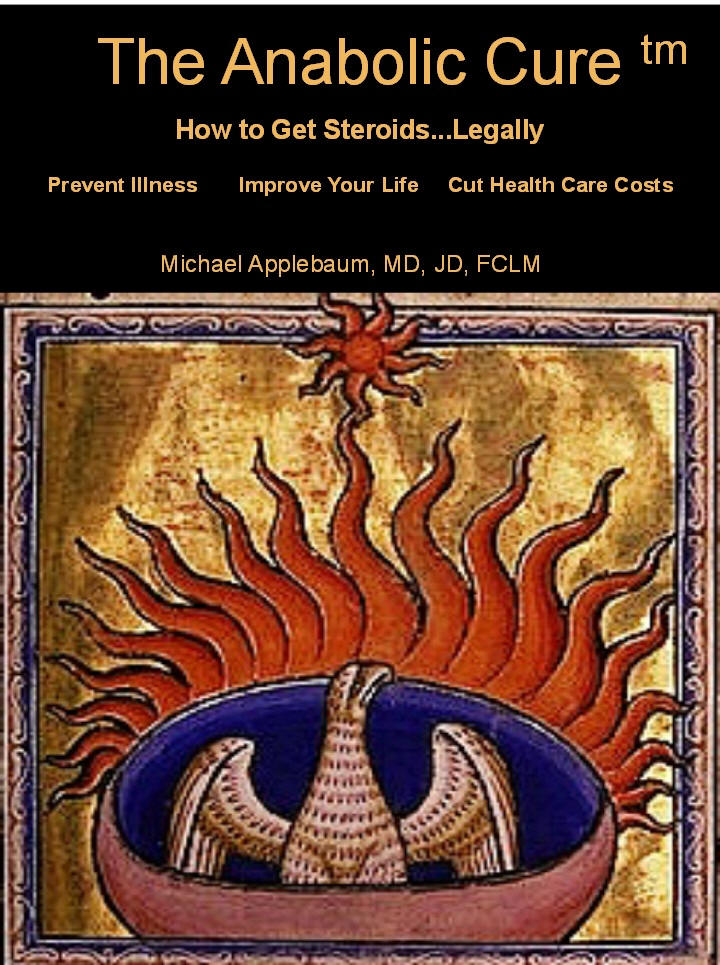And this study proved NOTHING.
A program designed to encourage more healthful food choices through simple color-coded labels and the positioning of items in display cases was equally successful across all categories of employees at a large hospital cafeteria. In an article appearing in American Journal of Preventive Medicine, a team of Massachusetts General Hospital (MGH) researchers report that the interventions worked equally well across all racial and ethnic groups and educational levels.NOTE: No data on whether weight was lost.
"These findings are important because obesity is much more common among Americans who are black or Latino and among those of low socioeconomic status," says Douglas Levy, PhD, of the Mongan Institute for Health Policy at MGH, lead author of the AJPM report. "Improving food choices in these groups may help reduce their obesity levels and improve population health." The authors note that current efforts to encourage healthful food choices by labeling or posting the calorie content of foods have had uncertain results. Even individuals with relatively high educational levels may have difficulty reading and understanding nutritional labels, and the problem is probably greater among low-income or minority individuals with limited literacy. As reported earlier this year, the MGH research team - which includes leaders of the MGH Nutrition and Food Service - devised a two-phase plan to encourage more healthful food purchases without the need for complex food labels.
In the first phase, which began in March 2010, color-coded labels were attached to all items in the main hospital cafeteria - green signifying the healthiest items, such as fruits, vegetables and lean meats; yellow indicating less healthy items, and red for those with little or no nutritional value. The second "choice architecture" phase, which began in June 2010, focused on popular items -cold beverages, pre-made sandwiches and chips - likely to be purchased by customers with little time to spend who may be more influenced by location and convenience. Cafeteria beverage refrigerators were arranged to place water, diet beverages and low-fat dairy products at eye level, while beverages with a red or yellow label were placed below eye level. Refrigerators and racks containing sandwiches or chips were similarly arranged, and additional baskets of bottled water were placed near stations where hot food was served.
The study was designed to measure changes in employee purchases of green-, yellow- and red-labeled items by racial/ethnic categories and by job type during both phases of the program.
This type of study is known technically as bulls**t.








No comments:
Post a Comment